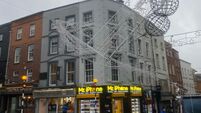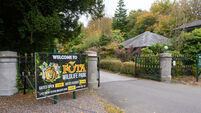Rover ‘prepares way for human mission to Mars’
In the audio message, broadcast from the surface of the red planet by the Curiosity rover, Nasa administrator Charles Bolden forecast that a manned mission to Mars could happen “in the not too distant future”.













